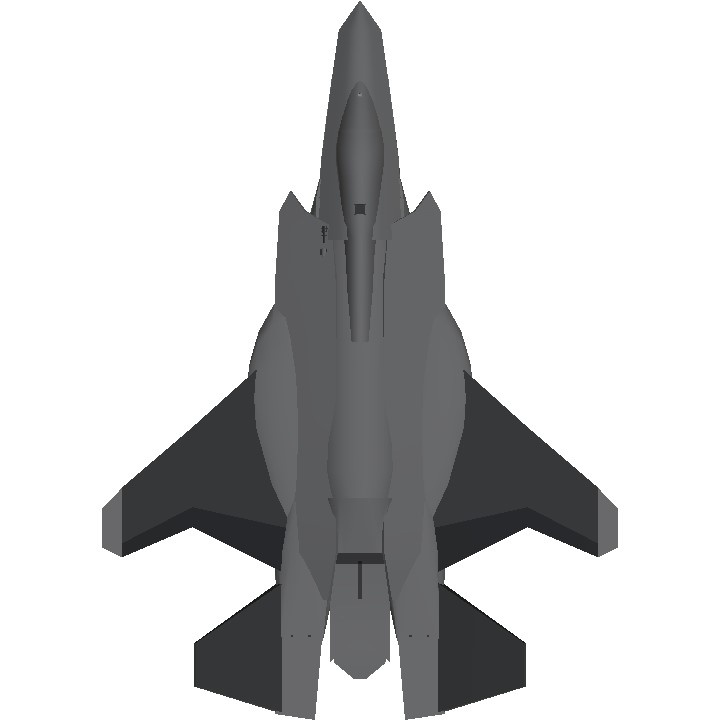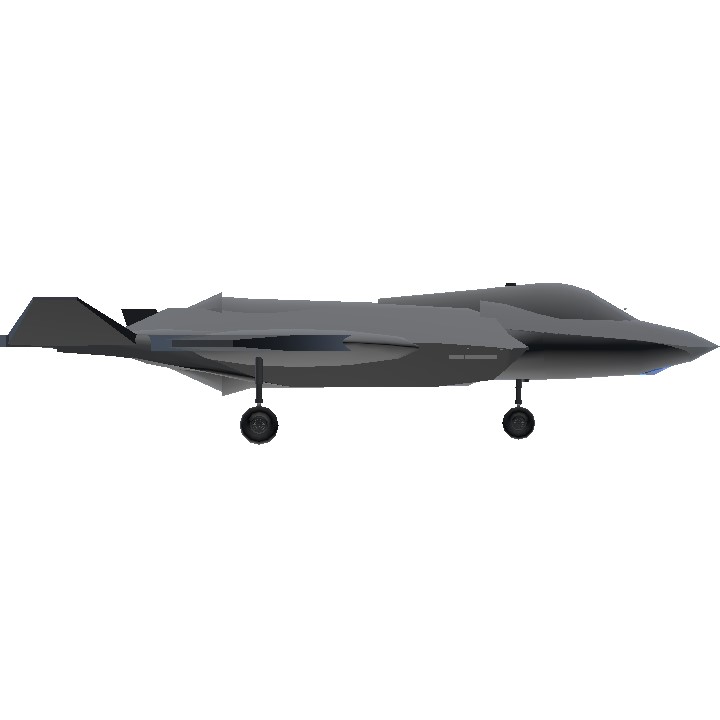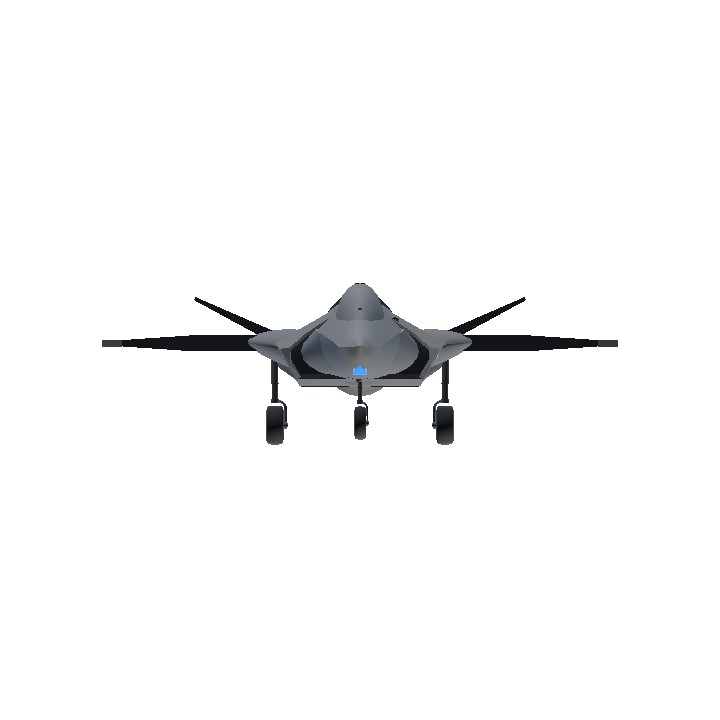Fictional Upgrade: Grumman F-24 Lighting III
The Grumman F-24 Lightning III is envisioned as a modernized iteration of the historic P-38 Lightning from World War II, upgraded with contemporary technology and enhancements suitable for 21st-century warfare. Below are some of the key upgrades and features of this fictional aircraft:
Key Upgrades:
Advanced Avionics Suite:
- Integration of a digital glass cockpit with multi-function displays.
- Enhanced sensor fusion capabilities allowing for real-time data sharing with other allied platforms.
- Upgraded radar with AESA (Active Electronically Scanned Array) technology for superior tracking capabilities.
Powerplant Improvements:
- Equipped with two next-generation turbofan engines that provide increased thrust, lower fuel consumption, and reduced infrared signature.
- An optional hybrid propulsion system allowing for silent, electric-powered flight during low-speed missions.
Stealth Features:
- Incorporation of radar-absorbent materials and design tweaks to minimize radar signature.
- Internal weapons bays to carry precision munitions while maintaining a low profile.
Network Centric Operations:
- Enhanced communication systems supporting secure, jam-resistant networking with ground forces and other air assets.
- Capability to operate in a contested environment, using advanced electronic warfare systems to disrupt enemy radar and communications.
Weapon System Modernization:
- Compatibility with a range of advanced weaponry, including precision-guided munitions, air-to-air missiles, and directed energy weapons.
- Option to deploy drone swarms from onboard compartments for reconnaissance or swarming attacks.
Increased Range and Combat Radius:
- Extended range due to advanced fuel tank designs and more efficient engines, enabling longer missions without the need for refueling.
- Ability to conduct long-range strike missions and deep penetration sorties with enhanced survivability.
Newest Aircraft: Northrop Grumman's X-43 Spectre
Northrop Grumman X-43 Spectre is the latest experimental aircraft designed to demonstrate advanced technologies and capabilities that may inform future military and civilian applications.
Features of the X-43 Spectre:
Hypersonic Capabilities:
- Designed to reach speeds exceeding Mach 5, enabling rapid response to threats across long distances.
- Uses a unique air-breathing engine for sustained hypersonic flight, reducing the need for onboard rocket propellants.
Autonomous Operations:
- Equipped with advanced AI-driven flight control systems, allowing for fully autonomous mission execution.
- Onboard AI can analyze real-time data and adapt flight paths to avoid threats dynamically.
Modular Design:
- The aircraft features a modular structure allowing for quick reconfiguration for various mission profiles, including reconnaissance, strike, and scientific research.
- The design supports the integration of different payloads and mission systems based on specific operational needs.
Sensor Integration:
- Equipped with a suite of advanced sensors, including high-resolution EO/IR cameras and multi-spectral radar.
- Capable of conducting ISR (Intelligence, Surveillance, Reconnaissance) missions at extremely high speeds with minimal detection risk.
Resilience and Survivability:
- Incorporates stealth technology minimizing radar cross-section and thermal signature.
- Features redundancy in critical systems to ensure continued operation even after sustaining damage.
Both the Grumman F-24 Lightning III and Northrop Grumman X-43 Spectre represent advancements in military aviation technology, blending historical capabilities with the need for modern-day operational effectiveness across diverse tactical environments.
Specifications
General Characteristics
- Predecessor Lockheed Martin F-35A Lightning II (Extended Range)
- Created On Android
- Wingspan 48.6ft (14.8m)
- Length 68.0ft (20.7m)
- Height 14.6ft (4.5m)
- Empty Weight N/A
- Loaded Weight 24,639lbs (11,176kg)
Performance
- Power/Weight Ratio 1.368
- Wing Loading 51.9lbs/ft2 (253.3kg/m2)
- Wing Area 475.0ft2 (44.1m2)
- Drag Points 1790
Parts
- Number of Parts 88
- Control Surfaces 4
- Performance Cost 414





Splendid recreation of the NG JSF. Could make use of yaw Funky Trees to reduce the snaking though, but overall a solid build.
10/10